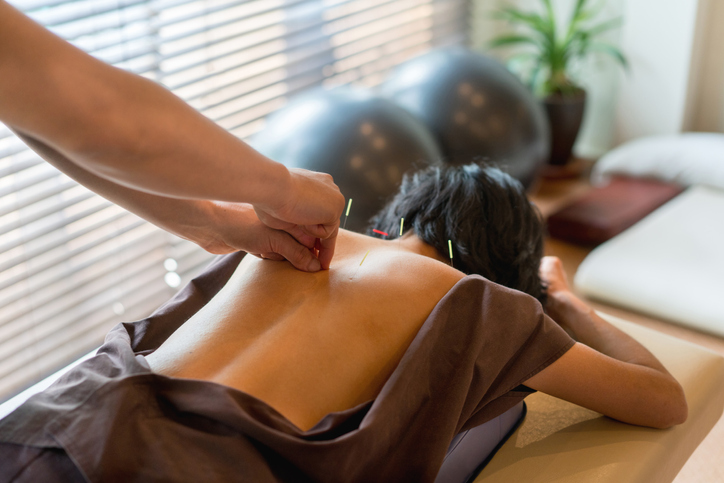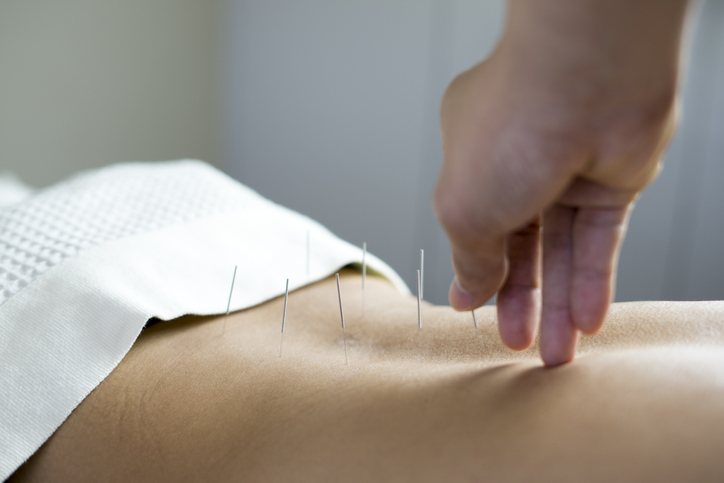Treatments
What to Expect During an Appointment With a Practitioner of Traditional Chinese Medicine

Traditional Chinese medicine, or TCM, has been practiced for thousands of years. It focuses on balance, harmony, and energy in the body and mind to promote overall well-being. Since TCM practices are vastly different from those of Western medicine, many people do not know what to expect when visiting a TCM practitioner. Knowing what to expect can make the visit more productive and less stressful.
The first visit
A health assessment is the focus of the first visit. The TCM practitioner utilizes five different diagnostic methods during the assessment:
- Inspection
The practitioner observes the individual’s behavior as well as their appearance, such as the color of their face. They also carefully inspect the tongue, including its size, shape, color, texture and coating. The tongue is considered to be a reflection of the whole body. - Auscultation
Auscultation refers to the sounds individuals make. The practitioner listens to the person’s voice, breathing, cough, and other sounds. - Olfaction
The practitioner notes the smell (e.g., body odor and breath) of the individual. - Inquiry
The practitioner asks questions about pain, sleep, energy levels, hot or cold symptoms, the digestive system, and other body systems. They gather pertinent information about the person’s medical history. - Palpation
Palpation involves touch. The practitioner feels pulse points on the wrist to determine the strength, rhythm, and quality of the pulse, which provides information about the body’s energy and overall functioning. They may also feel areas of pain and energy pathways in the body.
The practitioner uses the information gathered during the assessment to decide what type of therapeutic method(s) may help the individual achieve and maintain health.
Therapeutic methods
After the initial visit and assessment, the TCM practitioner typically makes recommendations regarding potential therapeutic methods, including acupuncture, moxibustion, cupping, Chinese herbology, or Tui Na massage.
- Acupuncture involves the insertion of thin needles into the skin at different points on the body.
- Moxibustion involves the burning of moxa, or mugwort root, on or near the skin.
- Cupping involves the use of heated cups to create suction on the skin.
- Chinese herbology involves the consumption of a tea, capsule, or powder made of plant leaves, roots, flowers, stems or seeds.
- Tui Na massage involves the manipulation of soft tissues, such as muscles and tendons, in conjunction with acupuncture.
Follow-up appointments include the practice of the recommended therapeutic method(s) to address the individual’s health concerns or to maintain their overall health.



















